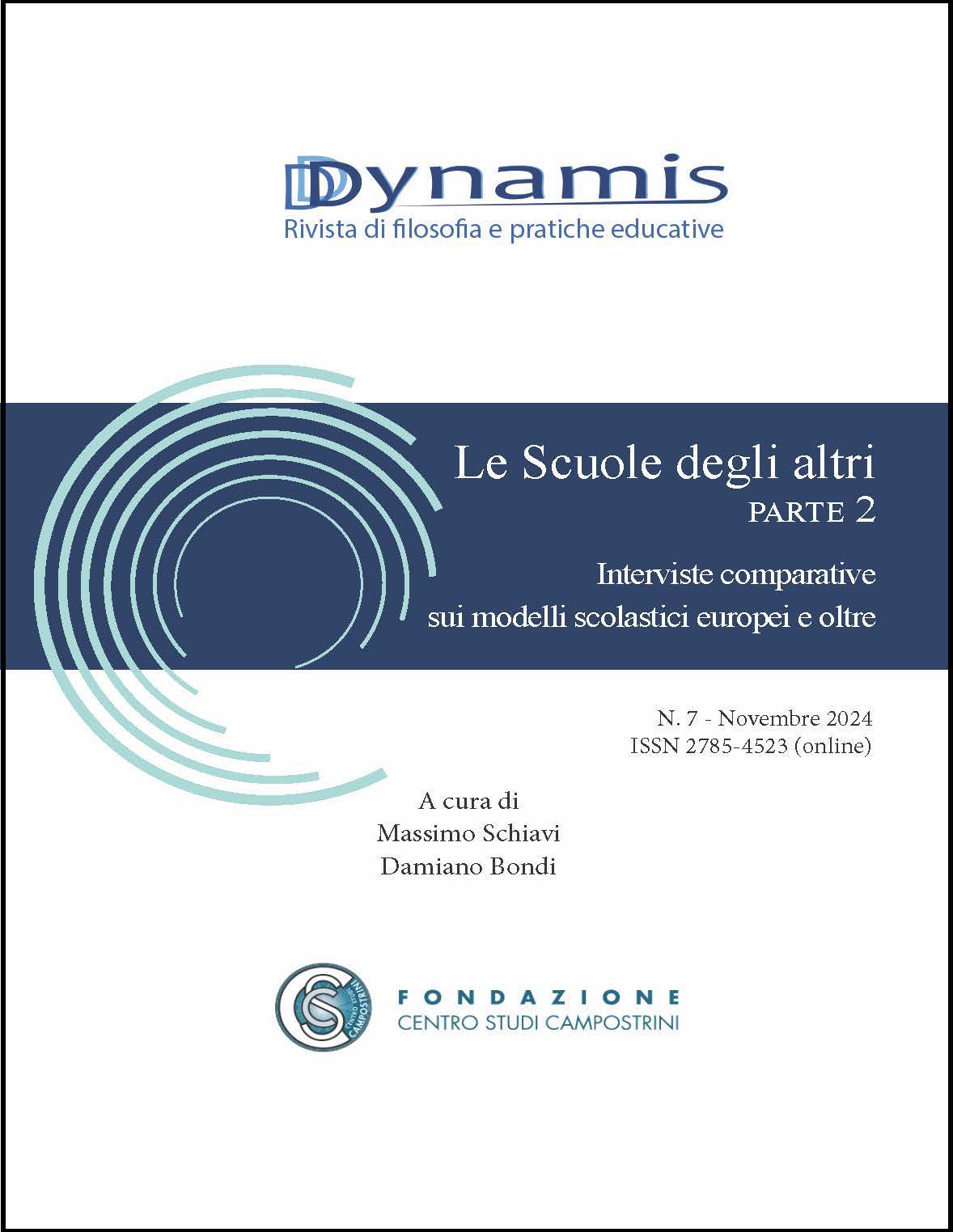The Swiss education system
DOI:
https://doi.org/10.53163/dyn.v7i7.281Keywords:
decentralization, permeability, differentiation, inclusion, dual systemAbstract
Abstract
The Swiss education system reflects the federal structure of the country, characterized by significant decentralization, with 26 distinct educational systems governed by individual cantons. Education is compulsory from ages 4 to 15, while post-compulsory education includes vocational training, high schools, and other educational institutions. Vocational training is often organized through a dual system that combines theoretical instruction with practical experience in businesses. The Swiss education system ensures a high level of permeability, allowing students to transition between academic and vocational paths. Teacher education is decentralized, with significant differences in training paths and social prestige across the cantons. Despite the complexity, the Swiss system excels at balancing federal and cantonal sovereignty, ensuring flexibility and high-quality education aligned with labor market needs.
Downloads
Published
How to Cite
Issue
Section
License
Copyright (c) 2024 Loredana Addimando

This work is licensed under a Creative Commons Attribution-NonCommercial-NoDerivatives 4.0 International License.




